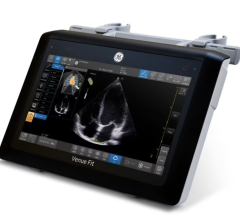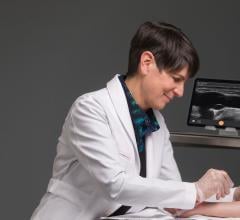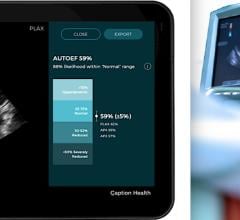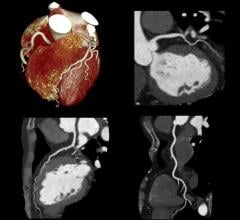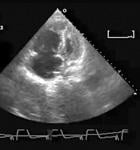
July 8, 2010 – Newly published guidelines should help cardiologists better evaluate the right heart, the American Society of Echocardiography announced this week. The new guidelines, published in the July issue of the Journal of the American Society of Echocardiography (JASE), seek to establish a more uniform method of evaluating the size and function of the right ventricle.
The guidelines emphasize the importance of examining the right heart using various acoustic windows. They also recommend that reporting results be based both on qualitative and quantitative parameters and must include measures of the right ventricular (RV) size, right atrial (RA) size, and of RV systolic function. In addition, the evaluation of RV diastolic function may be included in the report.
“The right ventricle plays an important role in the morbidity and mortality of patients presenting with signs and symptoms of cardiopulmonary disease,” said Dr. Lawrence Rudski, director of Non-Invasive at the Jewish General Hospital. “Yet, to date, primarily the left ventricle has been studied, while the right heart is often neglected. These guidelines will help bring clarity to ultrasound techniques that can be used in imaging the right heart.”
A gradual shift to more quantitative approaches for the assessment of RV size and function will help standardize assessment of the right ventricle across laboratories and allow clinicians to incorporate better assessment of the right heart into an echocardiographic evaluation. The guidelines provide upper and lower cut-off values, based on meta-analyses, of a wide range of relevant right heart parameters.
The guidelines state that in order to obtain an optimal view of the right heart, multiple echocardiographic views are necessary. Each view adds information, allowing for a better insight into the structure and the function of the right heart. Clinicians are encouraged to use various parameters to evaluate RV systolic function and to evaluate right heart and pulmonary hemodynamic parameters. To help determine normal and abnormal function, it is often recommended to combine several measurements.
For more information: www.asecho.org/guidelines.


 March 06, 2024
March 06, 2024 



